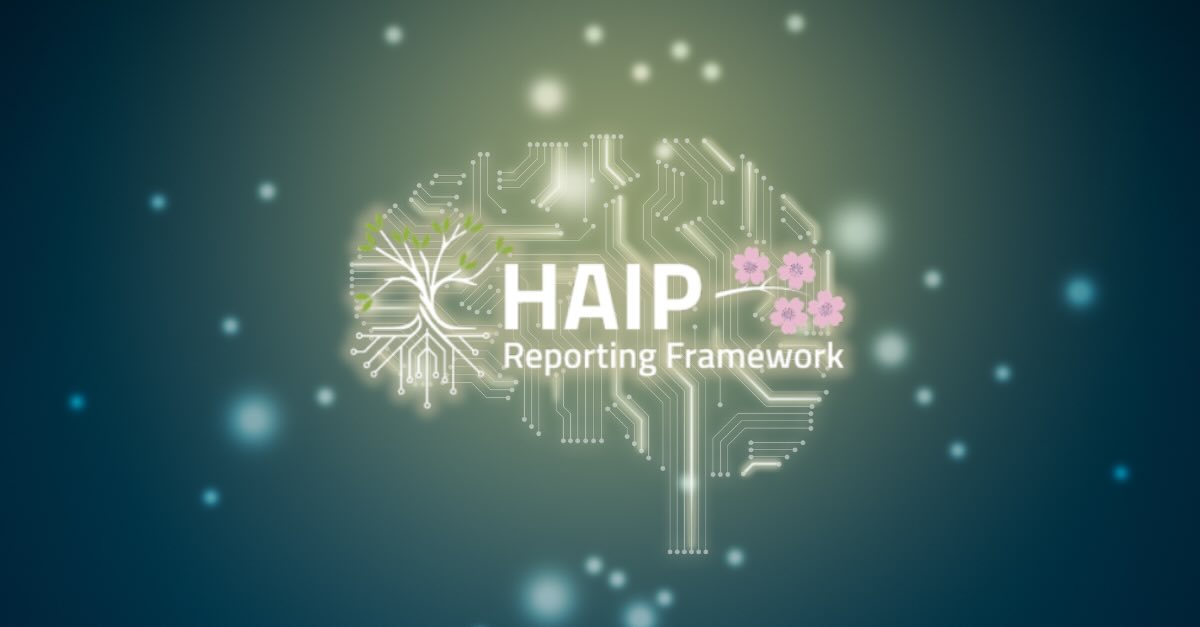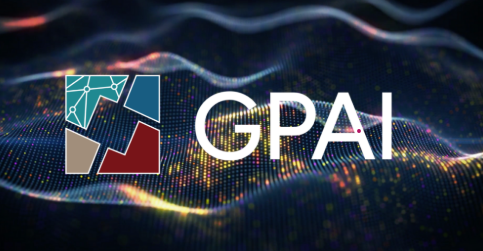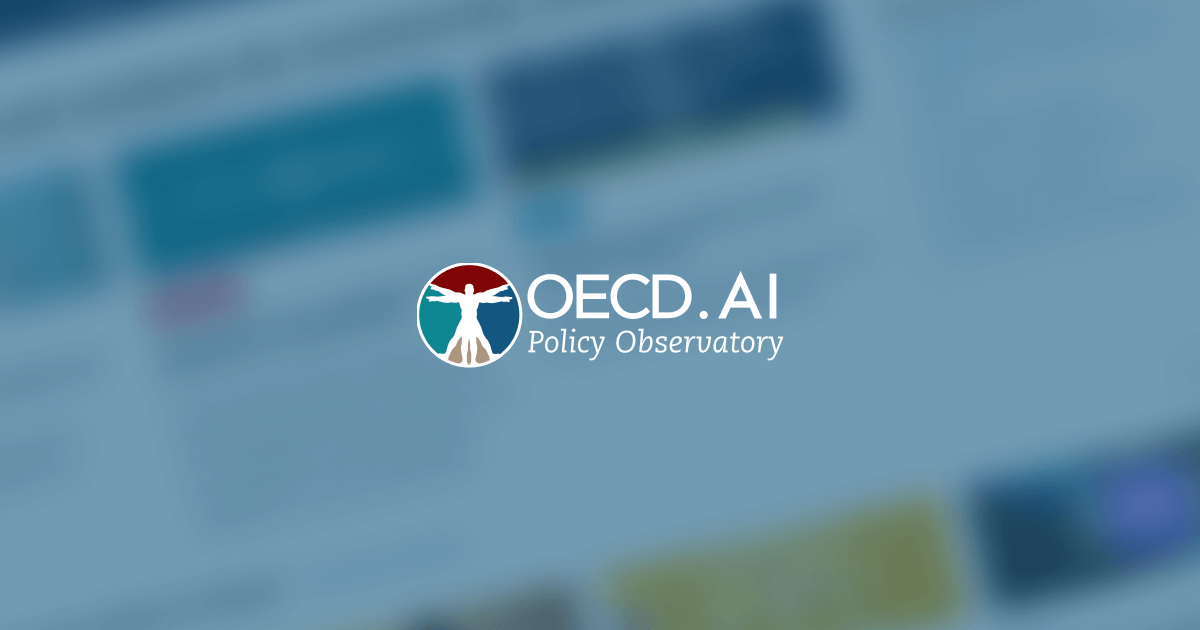EDGAR (Electronic Data Gathering, Analysis, and Retrieval) is an online database maintained by the U.S. Securities and Exchange Commission (SEC). It includes diverse electronic filings submitted by companies, ranging from annual and quarterly reports to prospectuses, insider trading disclosures, and other corporate submissions. Boasting a repository of millions of company and individual filings, EDGAR plays a crucial role in supporting the efficiency, transparency, and fairness of the securities markets, thereby benefiting investors, corporations, and the U.S. economy as a whole. The system handles approximately 3 000 filings daily, accommodating an average of 40 000 new filers each year. Notably, EDGAR offers access to this wealth of information free of charge, empowering investors, analysts, and the general public to delve into detailed research and analysis of the financial and operational performance of publicly traded companies. Furthermore, the database undergoes regular updates, ensuring users can seamlessly search, browse, and download documents in a variety of formats, enhancing accessibility and usability.
The database provides access to financial information filed with the SEC by publicly traded companies in the United States. The types of data that can be accessed include:
- Company information: Basic information about the company such as name, ticker symbol, Central Index Key (CIK), and contact information.
- Filings: All of the company’s filings with SEC. This includes annual reports (Form 10-K and 20-F), quarterly reports (Form 10-Q), current reports (Form 8-K) and other filings such as proxy statements, registration statements and insider trading reports.
- Financial Statements: the financial statements included in the filings. These include balance sheets, income statements, cash flow statements, and other financial disclosures.
- Other Information: Other information included in the filings, such as executive compensation, share ownership and other corporate governance information.
One of the most common types of filings is Form 10-K, which is an annual report filed by publicly traded U.S. companies that provides a comprehensive summary of the company’s performance and financial condition for the prior year. It includes audited financial statements, management’s discussion and analysis of financial condition and results of operations, and other relevant information. Another common filing type is Form 20-F, which is filed by foreign private issuers that have listed their securities on U.S. exchanges or that have conducted offerings in the United States. Form 20-F is similar to Form 10-K and contains a summary of the company’s performance and financial condition for the prior year. It also includes audited financial statements, management’s discussion and analysis of financial condition and results of operations, and other relevant information.
Data retrieved for OECD.AI
All 10-K and 20-F filings since 2012 were retrieved, which include several key fields providing a comprehensive view of a company’s financial health and strategic direction. Firstly, the filings encompass vital company details such as the name, address, description and Central Index Key (CIK), enabling precise identification. These reports feature the year-end, indicating the conclusion of the financial period under scrutiny. Moreover, the filings include detailed financial statements, footnotes, and auditors’ reports, providing in-depth insights into the company’s financial operations. These fields collectively form a comprehensive framework, facilitating a deep understanding of a company’s standing in the market.
The most relevant information on the listed public companies retrieved includes the year of filing, company name, company address and the company description.
Publicly traded AI companies
Keyword matching on company descriptions is conducted to identify AI-related companies, which are those containing any of the following keywords: “artificial intelligence,” “autonomous car,” “autonomous driving,” “autonomous vehicle,” “big data,” “chat bot,” “computer vision,” “data science,” “deep learning,” “driverless,” “drone,” “generative artificial,” “generative AI,” “image recognition,” “machine learning,” “machine translation,” “machine vision,” “natural language,” “neural net,” “pattern recognition,” “smart car,” “speech recognition,” “virtual assistant,” “virtual reality,” and “voice recognition.”
Subsequently, the data undergoes final processing to glean insights into global trends among AI-related public companies. Moreover, analysing 10-K filings offers insights into similar trends, but within each U.S. state.
The following table shows the percentage of AI-related companies out of all companies filing in each year.
| Year | Form 10-K (% AI companies) | Form 20-F (% AI companies) |
| 2012 | 3.3% | 6.6% |
| 2013 | 3.9% | 7.1% |
| 2014 | 4.8% | 8.6% |
| 2015 | 5.7% | 13.1% |
| 2016 | 6.7% | 14.7% |
| 2017 | 8.4% | 17.7% |
| 2018 | 11.7% | 25.7% |
| 2019 | 13.5% | 36.0% |
| 2020 | 12.3% | 38.9% |
| 2021 | 19.3% | 45.6% |
| 2022 | 22.2% | 48.1% |
| 2023 | 24.5% | 49.7% |
These percentages suggest that the presence of AI companies in all filings for the two forms has generally increased since 2012, particularly among foreign companies reporting activities in the United States.
Various charts on OECD.AI show more detailed information on these filings, such as the number of foreign AI companies filed at SEC EDGAR per country and year; the AI-related keywords corresponding to the filings, also per country and year; and the number of AI companies filed at SEC EDGAR, per U.S. state and year.
Data updates
OECD.AI visualisations that use data from SEC EDGAR are updated on an annual basis, after the end of a full year.

























